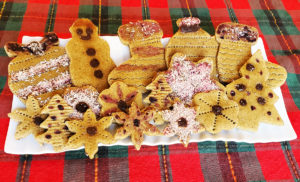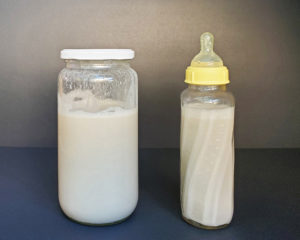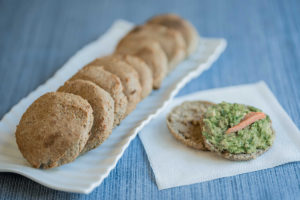
Recipes
Allergy-Friendly Christmas Cookie Recipe
Christmas time is filled with traditions and quality family time that revolves around food. For those with multiple food allergies, it can be a tough

Christmas time is filled with traditions and quality family time that revolves around food. For those with multiple food allergies, it can be a tough

Every new mom has high hopes of breastfeeding their infant. We know that breast milk is best for our little ones and as moms we

Simple 6 Ingredient Quinoa Bread One of the hardest foods to replace when making lifestyle changes is bread. We are accustomed to eating bread every